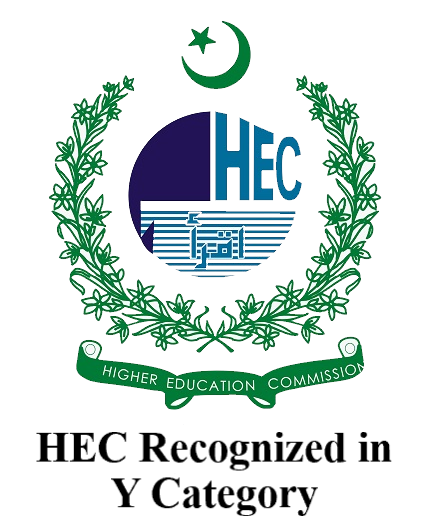A Qualitative Assessment of Factors of Migration in Lahore City, Pakistan
DOI:
https://doi.org/10.71016/hnjss/zes69710Keywords:
Migration, Urbanization, Urban Growth, Qualitative Methods, In-Depth Interviews, Thematic AnalysisAbstract
Aim of the Study: The present study is designed to explore the factors responsible for the fast-growing urbanization and large inflow of population in Lahore City.
Methodology: A sample of 10 migrants, who were permanently or semi-permanently migrated to Lahore city, were interviewed in-depth, about the push and pull factors of migration. The interviews were audio-tapped and transcribed carefully. Those transcriptions were then analyzed using QSR NVivo.11 plus software. Thematic analysis was conducted on the emerging themes.
Findings: The main themes and their relative strengths were presented to analyze the major findings of the study. The findings of the study suggest that the pull factors include; i.e., improved employment opportunities, educational services, entertainment facilities, and other social and physical infrastructure at the destination area (Lahore City) attract the migrants to move.
Conclusions: This rapid inflow of migrants due to various reasons is causing pressures on the civic and administrative capacity of the city, and challenges for city planners and policy makers. It is causing socioeconomic problems for both the residents and the migrants. It should be checked by provision of improved economic and social services in small cities and towns.
Downloads
Published
Issue
Section
License
Copyright (c) 2023 Naghmana Ghafoor, Mehr-un-Nisa, Qamar-un-Nisa (Author)

This work is licensed under a Creative Commons Attribution-NonCommercial 4.0 International License.








